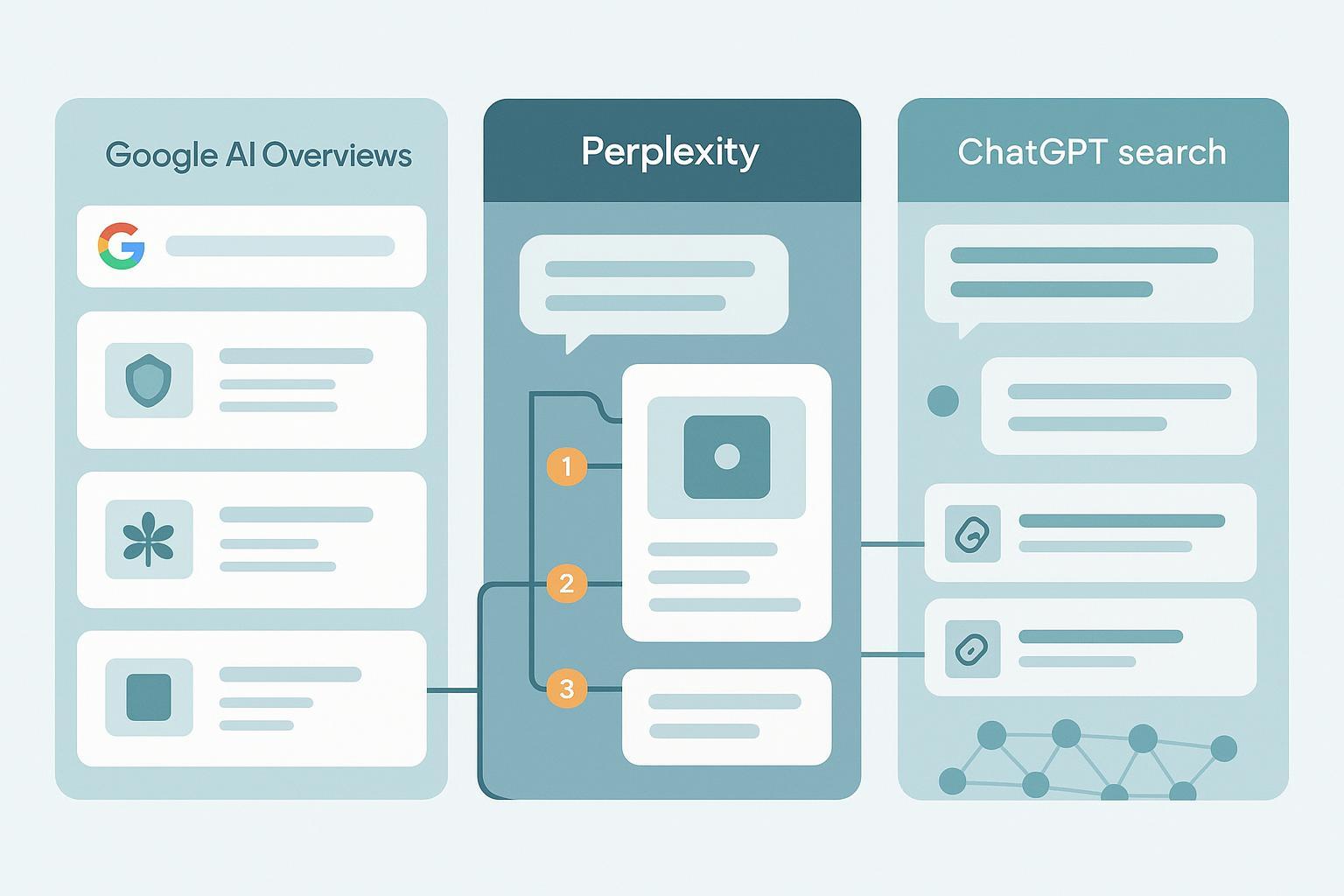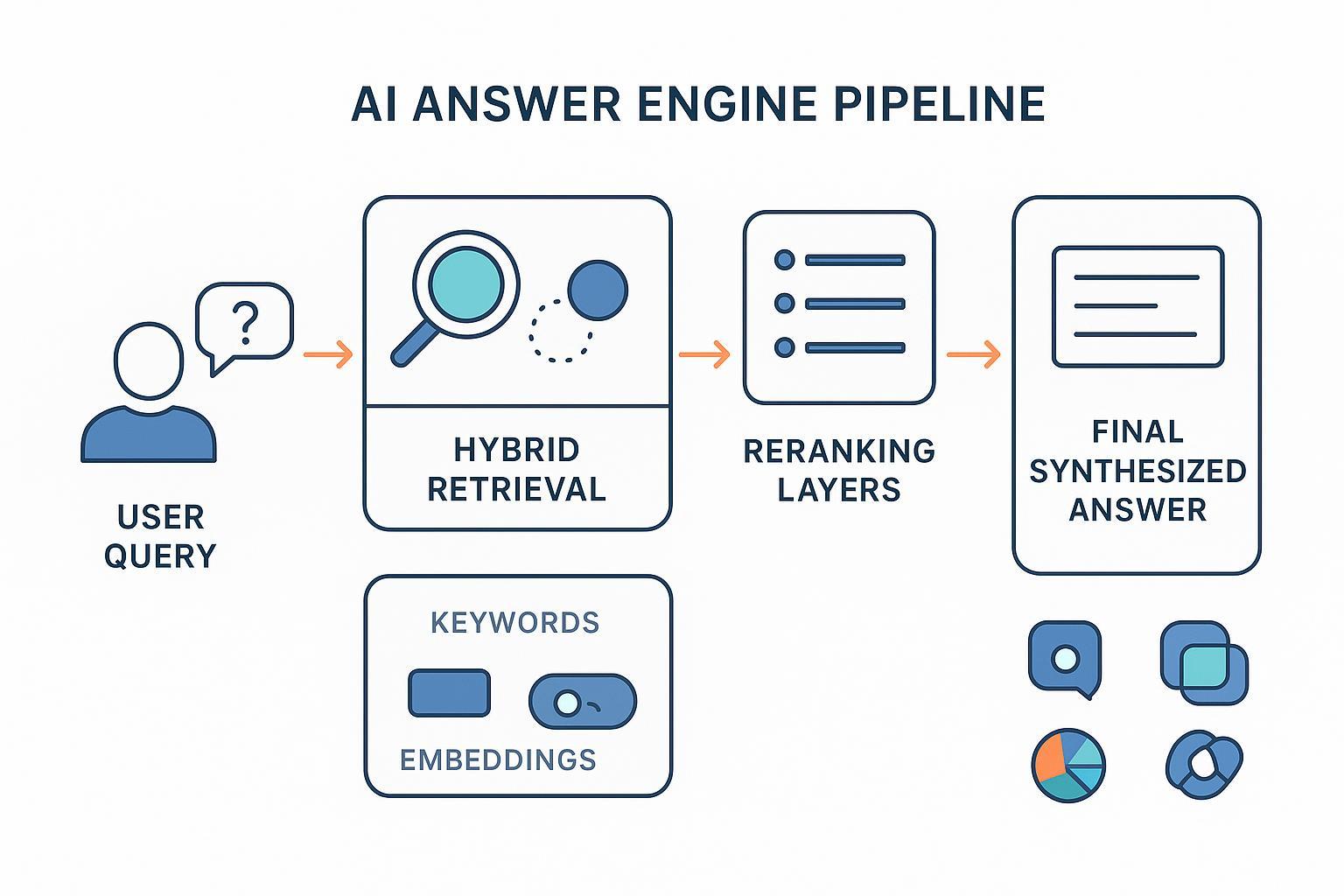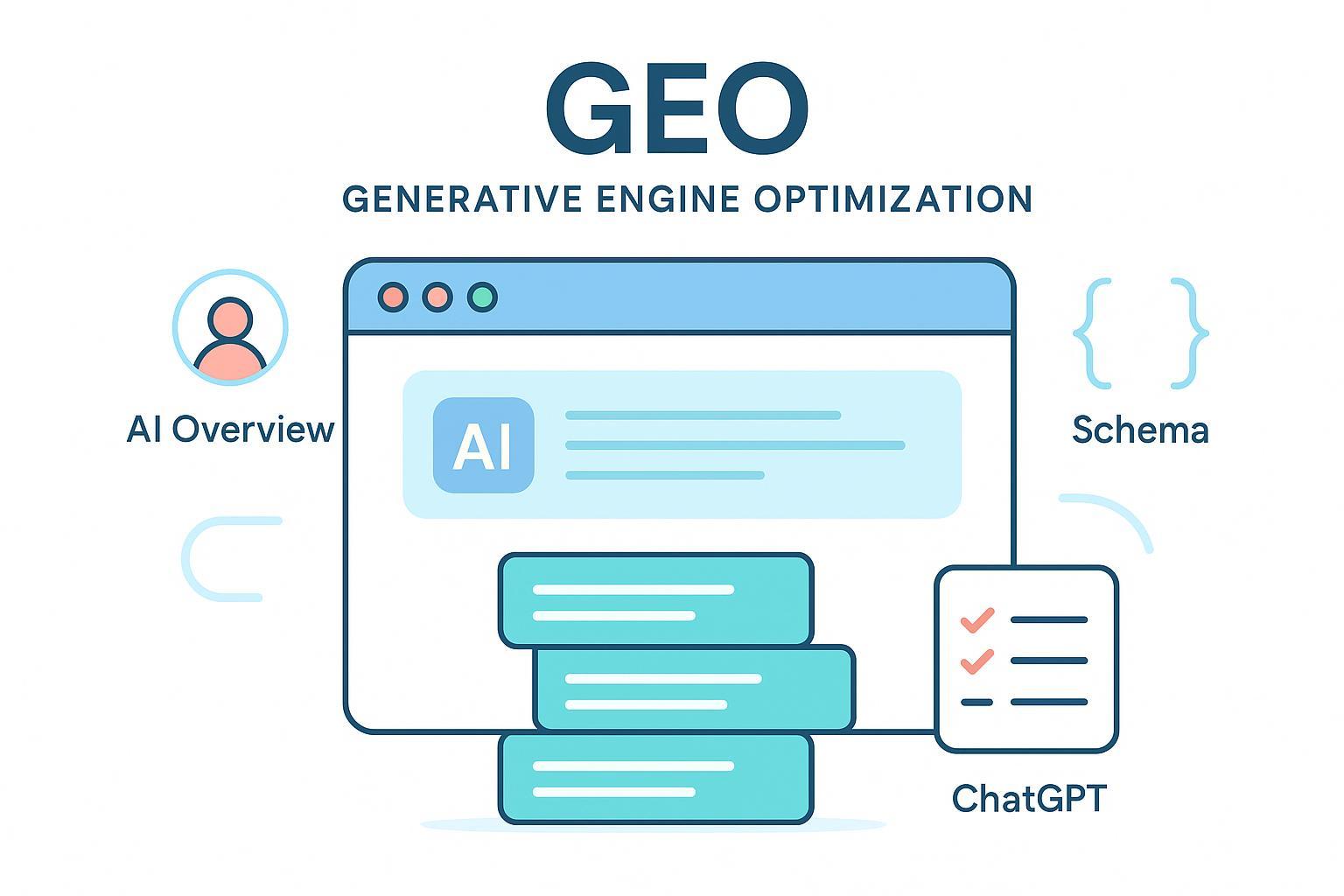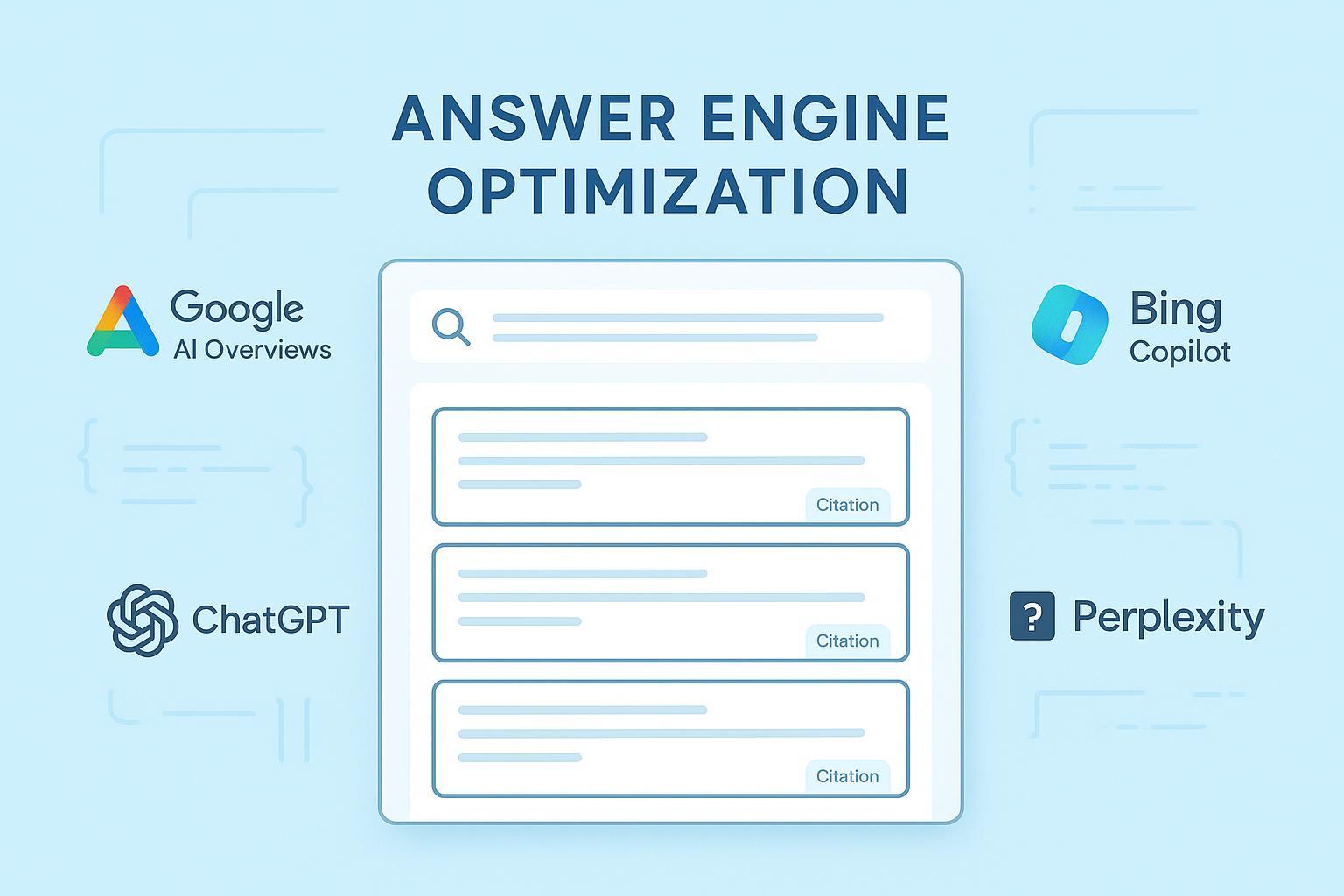Entity-First Content Creation: Boost AI-Recognized Expertise & SEO
Learn what entity-first content creation is, why it's critical for AI expertise, and how to build brand authority using structured data and proven SEO strategies.

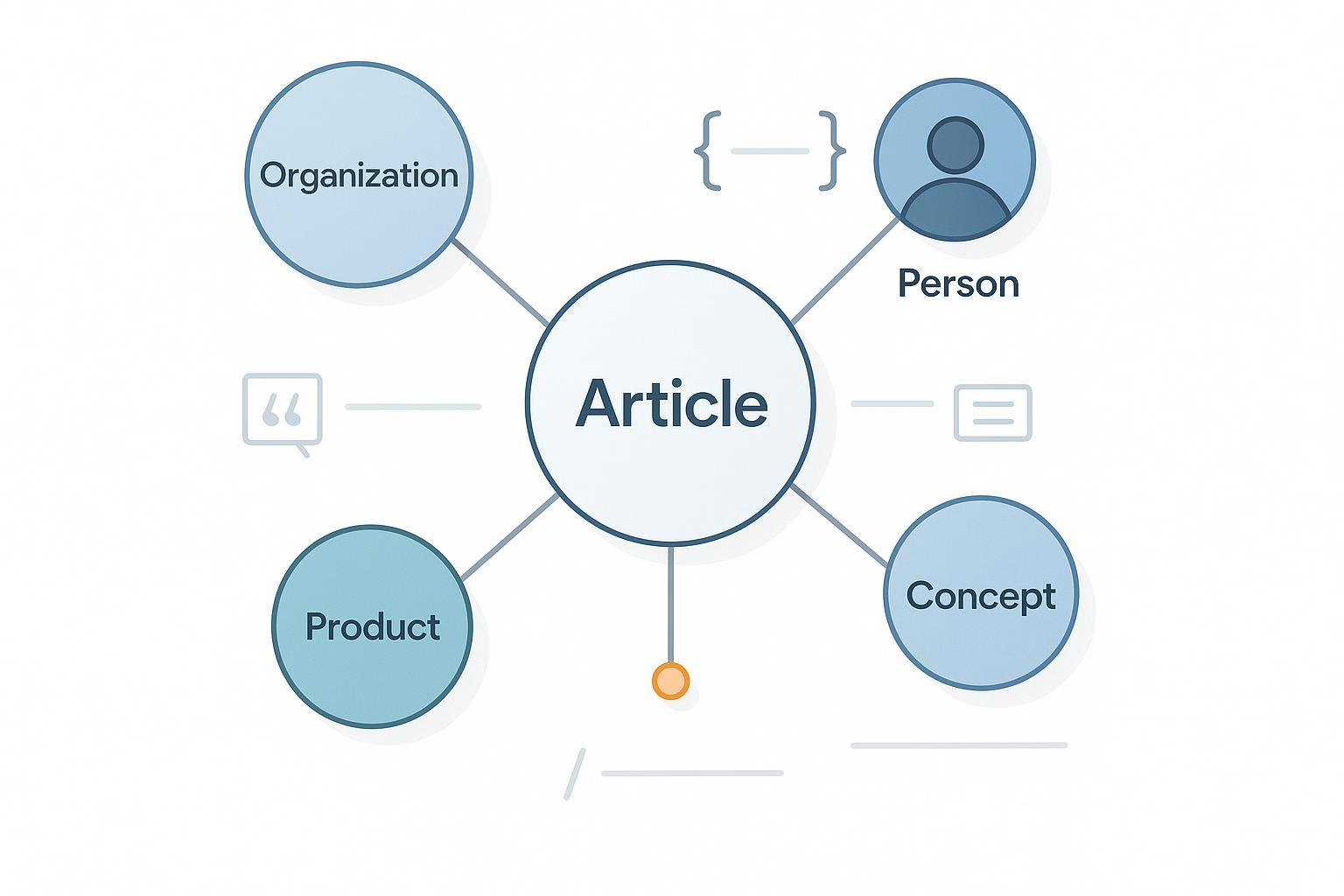
What “entity-first” really means (and why it matters now)
Entity-first content creation is the practice of planning, writing, and structuring your content around clearly identifiable entities—people, organizations, products, places, and ideas—and the relationships between them. The goal is to make your expertise unambiguous to both traditional search engines and AI answer engines so they can interpret, connect, and confidently cite your work.
You might wonder: aren’t we just talking about semantic SEO? Not quite. Entity-first goes beyond keyword expansion or adding schema markup after the fact. It is a holistic approach that aligns your on-page language, internal links, author signals, and structured data with entities already known to public knowledge graphs and authoritative sources.
Why entities beat keywords for AI recognition
- AI and search systems increasingly evaluate content quality through the lens of Experience, Expertise, Authoritativeness, and Trust (E‑E‑A‑T). In December 2022, Google explicitly added “Experience” to its rater framework—emphasizing first-hand use and real-world perspective—see Google’s explanation in the quality rater guidelines update (2022).
- In February 2023, Google reiterated that ranking systems reward original, high-quality content that demonstrates E‑E‑A‑T, regardless of whether it was human- or AI-written; what matters is provenance, clarity, and usefulness. Read the Google Search guidance on AI-generated content (2023).
- Structured data helps machines understand what your page is about and, in some cases, makes content eligible for richer displays. Google’s overview explains how schema.org markup contributes to machine understanding—see Intro to structured data.
- Consistent naming and identifiers for entities reduce ambiguity. Schema.org’s conventions guide you toward stable labels and properties—see the Schema.org Style Guide.
- Answer engines emphasize attribution. Perplexity, for example, states that every answer includes citations to original sources, enabling verification; see how Perplexity works. Clear entities plus credible sourcing make you more “linkable” in these systems.
In other words, when your brand, authors, and cornerstone ideas are modeled as entities with consistent names, IDs, and relationships—supported by verifiable references—AI systems can more easily disambiguate and cite you.
What entity-first is not
- Not keyword stuffing or simply sprinkling synonyms.
- Not “schema-only” SEO—markup cannot compensate for thin or generic content.
- Not fabricating author personas or shallow “About” pages without verifiable credentials.
- Not divorced from reader value—entity-first supports helpful content; it doesn’t replace it.
A repeatable workflow for entity-first content
Think of this as moving from a list of target keywords to a model of your knowledge domain.
1) Build an entity inventory
- Catalog the core entities you want to be known for:
- Organization (your brand), Person (authors/experts), Products/Services, Categories/Concepts (flagship ideas), plus Events or CreativeWorks as relevant.
- Define canonical names and internal identifiers (stable URLs or IRIs) to prevent “entity drift.”
- Establish relationships: Organization → Person → Article, Product → Brand → Category, Concept ↔ Products/Use cases.
2) Create or strengthen entity home pages
- Organization page: present consistent facts (legal name, logo, URL), link to official profiles, and explain your scope of expertise.
- Author pages: bios that show first-hand experience and credentials; list selected works, talks, or studies; connect authors to the organization.
- Concept hubs: cornerstone pages with a plain-language definition, FAQs, comparisons, and links to relevant products/services and articles.
3) Add structured data (JSON‑LD) with stable IDs and corroboration
Use JSON‑LD in a script tag. Identify entities with @id, and connect external profiles using sameAs.
Organization (example)
{
"@context": "https://schema.org",
"@type": "Organization",
"@id": "https://example.com/#org",
"name": "Example Corp",
"url": "https://example.com",
"logo": "https://example.com/logo.png",
"sameAs": [
"https://www.linkedin.com/company/examplecorp",
"https://twitter.com/examplecorp"
]
}
Person (example)
{
"@context": "https://schema.org",
"@type": "Person",
"@id": "https://example.com/#jane-doe",
"name": "Jane Doe",
"url": "https://example.com/authors/jane-doe",
"image": "https://example.com/images/jane.jpg",
"sameAs": [
"https://www.linkedin.com/in/janedoe",
"https://scholar.google.com/citations?user=XXXXX"
]
}
Article linking the author and organization
{
"@context": "https://schema.org",
"@type": "Article",
"headline": "Entity-first content: a practical guide",
"datePublished": "2025-09-15",
"dateModified": "2025-09-20",
"inLanguage": "en",
"author": {
"@type": "Person",
"@id": "https://example.com/#jane-doe"
},
"publisher": {
"@type": "Organization",
"@id": "https://example.com/#org"
},
"mainEntityOfPage": {
"@type": "WebPage",
"@id": "https://example.com/blog/entity-first-guide"
}
}
For feature eligibility, follow type‑specific docs (Article, Product, FAQPage, LocalBusiness) and validate in Google’s tooling referenced above.
4) Author identity and provenance signals
- Use real bylines with credentials and evidence of first-hand experience (projects, case studies, field work). Google’s 2023 guidance emphasizes people-first content and E‑E‑A‑T.
- Link authored works to the author page and the organization. Keep names and titles consistent across site and profiles.
5) Corroboration and citations
- Support factual statements with authoritative external sources, naming the publisher and artifact in your anchors.
- Use concise, descriptive anchors (e.g., “2025 guidance on AI Search”). This transparency makes your content more verifiable and more likely to be trusted and cited.
Practical example: validating your entity-first changes
Here’s a neutral, replicable way to check whether your entity-first effort is paying off.
- Baseline the current state: collect where your brand and authors appear in AI Overviews, Bing Copilot, and Perplexity answers (and whether linkbacks and sentiment are positive or negative).
- Implement changes: publish updated entity home pages, structured data, and improved citations on key articles.
- Track deltas over 4–8 weeks: measure mentions, citations, linkbacks, and sentiment trends across engines; compare to your baseline.
A platform like Geneo can be used to monitor AI search visibility across ChatGPT, Perplexity, and Google’s AI experiences as you iterate. Disclosure: Geneo is our product.
For context on measurement fundamentals, see the explainer on Generative Engine Optimization (GEO), and consider browsing the Geneo blog for ongoing AI visibility discussions.
Pitfalls (and how to avoid them)
- Treating schema as a silver bullet: without substantive, first-hand insights and clear sourcing, markup won’t confer authority.
- Inconsistent entity naming: set a governance doc with canonical labels and @id patterns; keep names and URLs stable over time.
- Thin author pages or fabricated personas: invest in real bios, credentials, and verifiable external profiles.
- Ignoring off‑page corroboration: connect to official profiles via sameAs, cite primary sources, and build relationships with recognized publications.
Metrics and validation checklist
Use this as a weekly or monthly review:
-
Technical hygiene
- Structured data: valid JSON‑LD; appropriate types; no critical errors in Google’s Rich Results testing.
- Crawlability: pages return 200, appropriately indexed, robots and meta directives aligned.
- Internal link graph: entity hubs link coherently to authors, products, and related concepts.
-
Knowledge presence
- Organization/Person eligibility for Knowledge Panels (when applicable).
- Consistent entity naming across site and external profiles; clear @id and sameAs connections.
-
- Mentions/citations in AI Overviews and answer engines; presence of linkbacks.
- Sentiment trends over time; before/after deltas following entity-first updates.
-
Business impact
- Assisted conversions or lead quality from strengthened pages.
- Branded share of voice on cornerstone concepts.
Closing: make entity-first your default
Entity-first content creation isn’t a trick; it’s a durable way to express what you know—so machines and humans alike can trust and reference it. Start with an entity inventory, establish home pages, layer structured data, and keep your authors’ provenance clear and verifiable. Measure your progress, iterate, and maintain consistency as your domain evolves.
If you need a way to observe whether your brand and authors are being recognized and cited in AI search experiences, you can use Geneo to monitor changes as you implement this workflow. Keep your focus on helpful, people-first content and clear entity signals; as of 2025, those are the foundations most aligned with modern search and AI discovery.


